Aphrodisiac Spices: Aromas, Passions, and History in the Art of Seduction
By Carol Agostini
Spices have been used for centuries as aphrodisiacs around the world, adding a touch of passion and sensuality to dishes, drinks, and perfumes. In this article, we’ll explore the historical roots of aphrodisiac spices, the cultural traditions associated with them, their places of production, and how these aromatic fragrances have been intertwined in the art of seduction. Additionally, we’ll share some delightful recipes based on aphrodisiac spices.
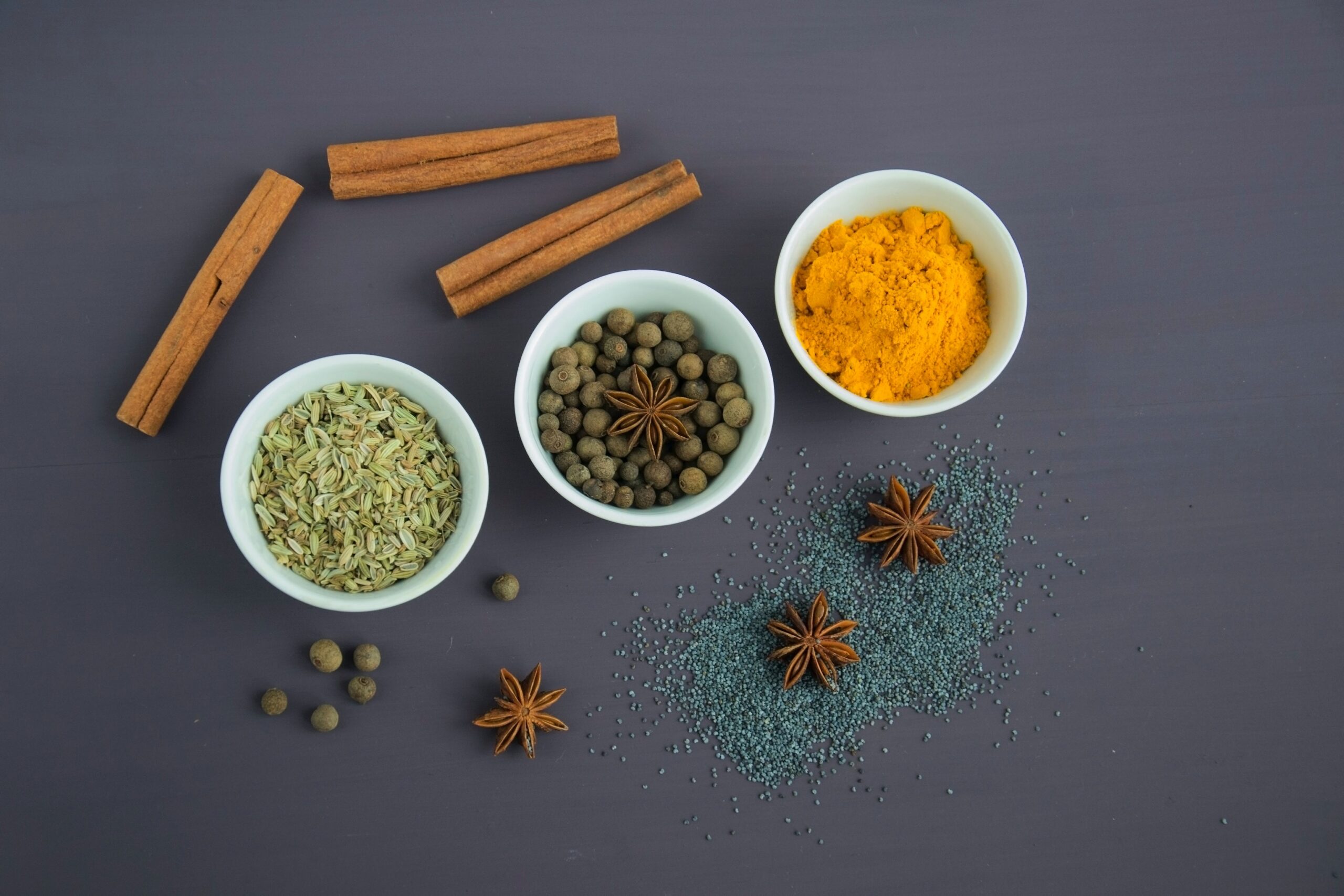
History of Aphrodisiac Spices Aphrodisiac
Spices have a history that dates back to ancient times. Cinnamon, for example, was precious in ancient Egypt and was often used in preparations to increase libido and sexual excitement. In India, cardamom was known as a potent aphrodisiac and was frequently included in perfume blends. The history of aphrodisiac spices intertwines with the history of love and passion, making them an intriguing part of culinary culture and romantic traditions.
Cultural Traditions of Aphrodisiac Spices
Different cultures have developed culinary traditions and rituals associated with aphrodisiac spices. In India, for instance, garam masala, a blend of warm spices like cinnamon, cardamom, black pepper, and cloves, is often used in traditional dishes to stimulate desire. Moreover, in many Eastern cultures, ginger is considered a natural aphrodisiac and is used both in cooking and herbal remedies.
Production Locations of Aphrodisiac Spices
Aphrodisiac spices are cultivated in various parts of the world, making each region unique in its production and use of these sensual fragrances. India is one of the primary producers of aphrodisiac spices, with varieties like nutmeg, cardamom, and ginger cultivated in the southern and northeastern regions of the country. Indonesia is famous for clove production, while Sri Lanka is known for high-quality cinnamon. Each place carries its own unique culinary and cultural traditions tied to aphrodisiac spices.
Aphrodisiac Spices in the Art of Seduction
Aphrodisiac spices aren’t limited solely to the kitchen; they’ve also been used in the art of seduction. The exotic and sensual fragrances of spices can create a romantic and seductive atmosphere. For example, essential oil of cinnamon can be diffused in a room to create a warm and enveloping atmosphere, while cardamom can be added to body creams and perfumes to intensify attraction. In art, spices have often been used to represent passion and sensuality.
The French painter Gustave Courbet, for instance, painted “The Origin of the World” in 1866, a famous erotic artwork depicting a detailed image of a woman’s body alongside a branch of cloves. This piece represents the connection between art, sensuality, and aphrodisiac spices.
Spices considered aphrodisiacs vary depending on cultures and culinary traditions, but many of them are widely accepted for their stimulating and aromatic properties.
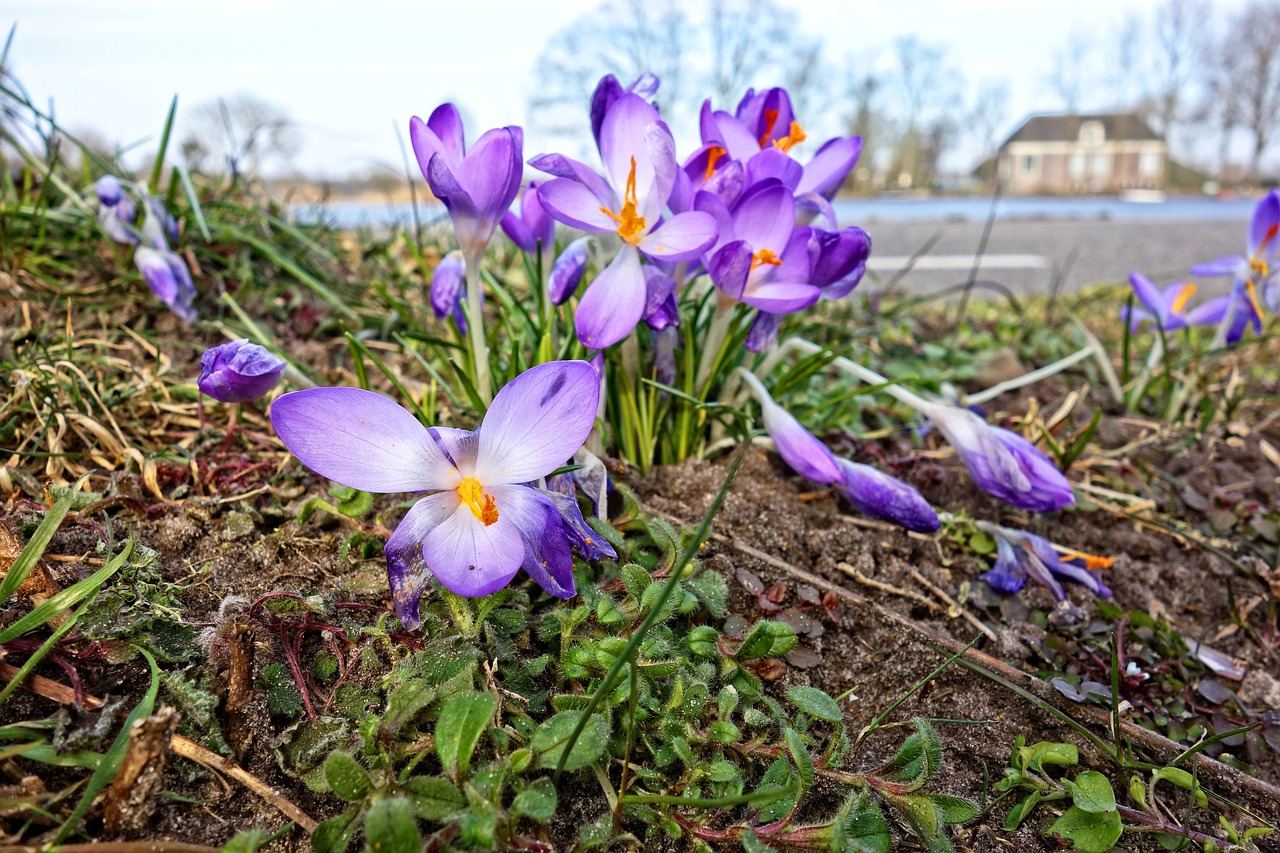
Here are some of the most common spices considered aphrodisiacs:
1. Ginger: Ginger is known for its warming and stimulating properties. Added to dishes or beverages, it can increase libido and improve blood circulation due to gingerol, the main compound giving the spice its spicy flavor.
2. Cinnamon: Cinnamon is often associated with passion and is used in many cultures to flavor aphrodisiac desserts and drinks. It contains cinnamaldehyde, which contributes to its flavor and aroma. This compound can influence sensory stimulation.
3. Cardamom: This spice is considered a potent aphrodisiac and is often used in cuisine for its rich and sensual aroma. It contains essential oils that include cineole and terpinene, which can have stimulating effects.
4. Chili Pepper: Chili pepper is known for its warming effect on the body and its ability to increase heart rate, thus stimulating passion, because it contains capsaicin responsible for its spiciness.
5. Cloves: Cloves are known for their intense aroma and potential aphrodisiac effect. They contain eugenol, which gives them their characteristic aroma and can have stimulating effects.
6. Nutmeg: Nutmeg is often considered an aphrodisiac and is used in cooking for its rich and spicy aromas. It contains myristicin, a compound with potential aphrodisiac properties.
7. Saffron: This expensive spice is associated with sexual desire and has historically been used in various aphrodisiac dishes. It contains crocin, a chemical associated with intense stimulating effects.
8. Vanilla: The sweet and enveloping aroma given by vanillin is often associated with sensuality and is used in many aphrodisiac desserts and beverages.
9. Star Anise: This spice has a flavor similar to licorice and can be used in cocktails and aphrodisiac desserts. It contains essential oils with a range of compounds contributing to its distinctive aroma, such as anethole.
10. Mint: Mint is often used in beverages and foods for its refreshing and stimulating effect. It contains carvone that contributes to the taste and smell, like menthol, limonene, and menthofuran.
11. Curry: Curry blends often contain aphrodisiac spices like ginger, cinnamon, black pepper, among others, making them a spicy choice to stimulate the senses. It contains a variety of terpenes and essential oils that contribute to its complex flavors and aromas, such as cineole, curcumin, and phenols.
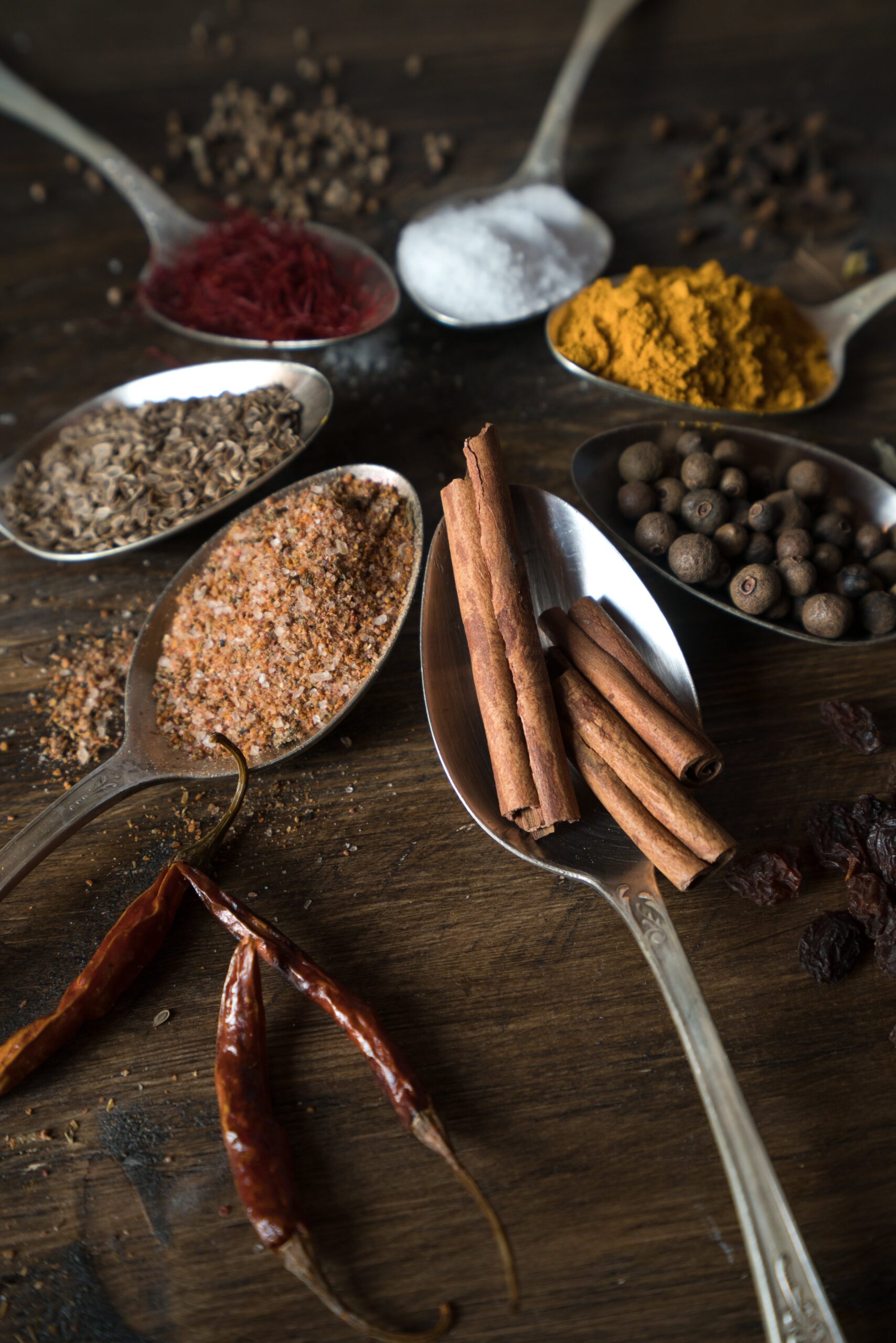
It’s important to note that the aphrodisiac effect of spices can vary from person to person, and many of these beliefs are based on cultural traditions and folk stories. However, many people find that using these spices in cooking can add a touch of passion and sensuality to meals and beverages.
Spices considered aphrodisiacs are often not evaluated through specific organoleptic and chemical parameters, but rather through their historical and cultural reputation for enhancing sexual desire and attraction. However, many of these spices contain chemical compounds known to have stimulating or sensual effects.
The organoleptic and chemical parameters of spices can vary based on different factors, including variety, growing region, cultivation method, and preservation. Furthermore, the aphrodisiac power of these spices is often based on individual perception and cultural beliefs rather than objective scientific measurements.
To best harness the aphrodisiac effect of these spices, one can experiment with recipes that incorporate these spices in pleasing combinations for the palate. However, it’s essential to remember that the aphrodisiac effect largely depends on personal experiences and cultural beliefs, so there are no standardized parameters or specific organoleptic and chemical requirements to evaluate such spices in this context.’
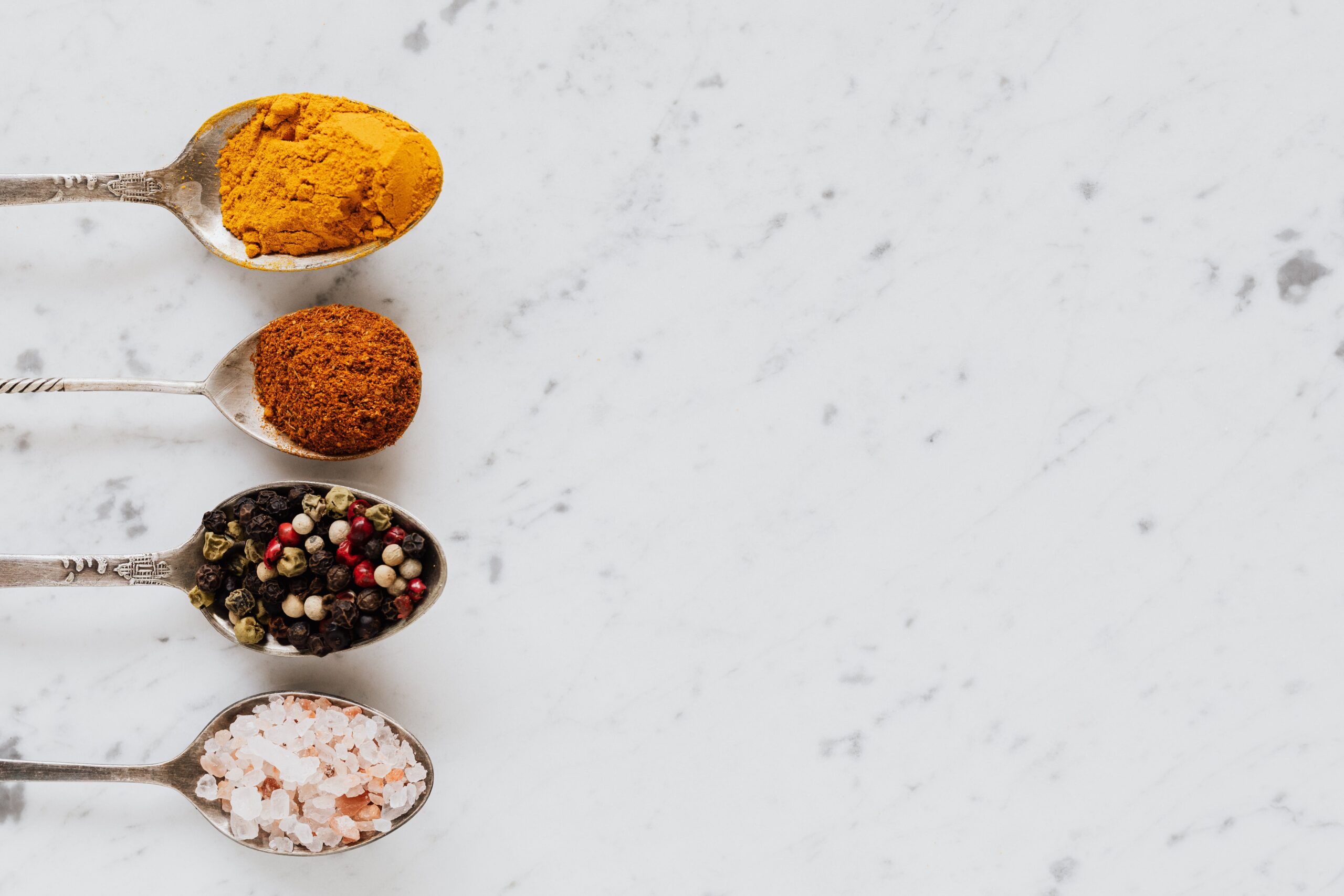
Recipes Based on Aphrodisiac Spices Here are some delightful recipes based on aphrodisiac spices to stimulate the senses and ignite passion:
- Chili Chocolate: • Ingredients: Dark chocolate, chili powder. • Preparation: Melt the dark chocolate in a double boiler and add a generous pinch of chili powder. Pour the melted chocolate into chocolate molds and let it cool. The chili adds a spicy and sensual touch to the sweetness.
- Ginger Chicken Curry: • Ingredients: Chicken, grated fresh ginger, curry powder, coconut milk. • Preparation: Cook the chicken in a curry sauce with fresh ginger and coconut milk. The heat of the curry and the spiciness of the ginger make this dish perfect for a romantic dinner.
- Cinnamon and Honey Glazed Salmon: • Ingredients: Salmon fillet, cinnamon powder, honey. • Preparation: Sprinkle the salmon fillet with cinnamon powder and bake it in the oven. At the end of cooking, brush it with honey. The combination of cinnamon and honey creates a balance of sweet and spicy that stimulates the palate.
- Cardamom Cocktail: • Ingredients: Vodka, lime juice, cardamom syrup. • Preparation: Mix vodka, lime juice, and cardamom syrup in a shaker with ice. Shake well and pour into a cocktail glass. Cardamom adds an aromatic and exotic touch to the drink.
Aphrodisiac spices have a rich and fascinating history, intertwining in culinary traditions and the art of seduction. These sensual aromas from around the world add an element of passion and desire to dishes, beverages, and even artistic creation. So, the next time you want to heat up the atmosphere and create a unique sensory experience, don’t forget to experiment with aphrodisiac spices. Bon appétit and happy seduction!’
Spices and Seduction at the Table: A Sensory Journey into the Psychology of Passion In the culinary world, spices represent a universe of flavors, scents, and colors.
However, there’s more to spices than meets the eye. They can play a fundamental role in the art of seduction at the table, leveraging the psychology of passion. In this article, we’ll explore how spices can ignite the flame of seduction through the table game, creating an unforgettable sensory experience. The Psychology of Seduction at the Table Seduction is an act of attraction and desire that involves the mind and body. At the table, this game takes on a particularly sensual form.
The psychology of seduction at the table is based on stimulating the senses, especially sight, smell, and taste. Here’s how spices come into play: 1. Visual Stimulation: Well-presented food is attractive. Spices add color, contrasts, and details to dishes, making them visually seductive. The appealing appearance of food can increase anticipation and excitement. 2. Olfactory Stimulation: Smell is the sense most strongly linked to memory and emotion.
Spices add enveloping scents that can awaken memories and evoke feelings of lust and desire. 3. Gustatory Stimulation: Spices influence the taste of food, creating a symphony of complex flavors. This engagement of taste is crucial for sensory pleasure and can increase emotional involvement.
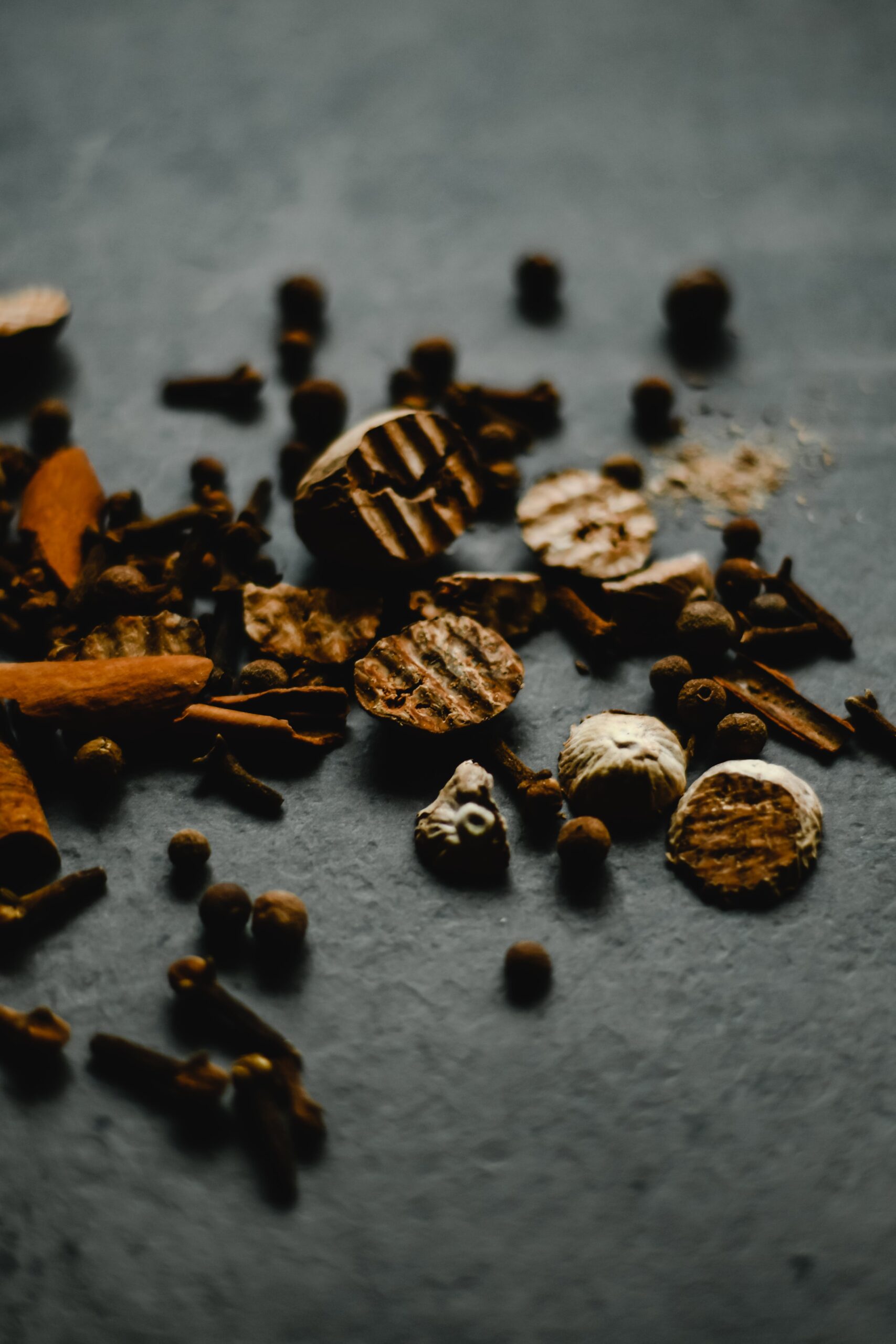
Spices as Tools of Seduction The table game with spices can be a seductive art in itself. Here’s how you can use spices to create a seductive experience at the table:
1. Mysterious Appetizers: Surprise your partner with captivating appetizers. For example, prepare grilled shrimp with a mango, lime, and chili sauce. The contrast between the sweetness of mango, the acidity of lime, and the spiciness of chili creates a dance of intriguing flavors.
2. Sensual First Courses: First courses offer the opportunity to play with texture. A saffron risotto, with its golden color and unique flavor, can be served in small portions to create an intimate atmosphere.
3. Dreamy Main Courses: Main dishes can be the highlight of seduction at the table. A beef filet with a red wine sauce, enriched with cloves and cinnamon, offers a combination of sophisticated taste and seductive aromas.
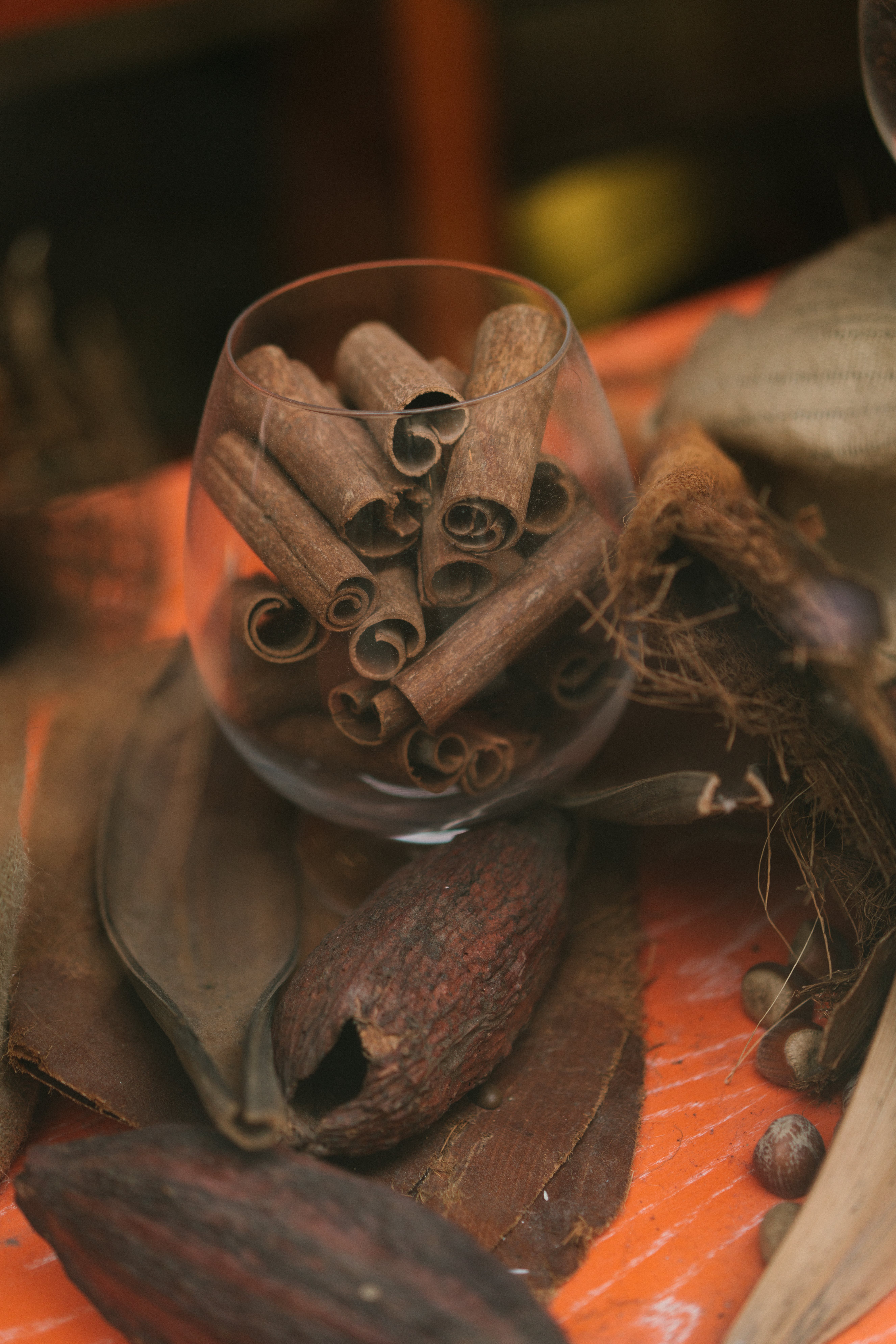
4. Passionate Desserts: Don’t forget dessert. A vanilla panna cotta with a sprinkle of nutmeg is a gentle way to end the dinner with a sensual touch.
Creating the Right Atmosphere Seduction at the table is not only about food but also about the atmosphere. Here are some tips to create the perfect context:
1. Proper Lighting: Soft lighting can make the environment more intimate and mysterious. Scented candles can contribute to creating a romantic atmosphere.
2. Seductive Music: The right soundtrack can intensify the experience. Slow and sensual songs can add a touch of romance.
3. Impeccable Table Setting: Use your best table linens, dishes, and cutlery. Attention to detail shows care and dedication.
4. Sensual Inspiration: Draw inspiration from culinary cultures around the world. Cook oriental, Latin, or Mediterranean aphrodisiac dishes and add spices based on traditions.
The Art of Intimacy Seduction at the table goes beyond the act of eating. It involves non-verbal communication, emotional connection, and the art of appreciating the present moment together. The psychology of seduction at the table is based on creating a sensory experience that strikes the mind and heart.
Using spices as tools of seduction is rooted in history, cultures, and popular beliefs. From spices like ginger, known for its stimulating effects, to cardamom, associated with desire, these fragrances add a touch of mystery and sensuality to any romantic dinner. So, the next time you plan a special evening, remember to play with spices and discover a new world of seduction at the table. Bon appétit and happy seduction!
Also read this article: https://www.papillae.it/the-red-thread-wine-food-and-seduction-awaiting/
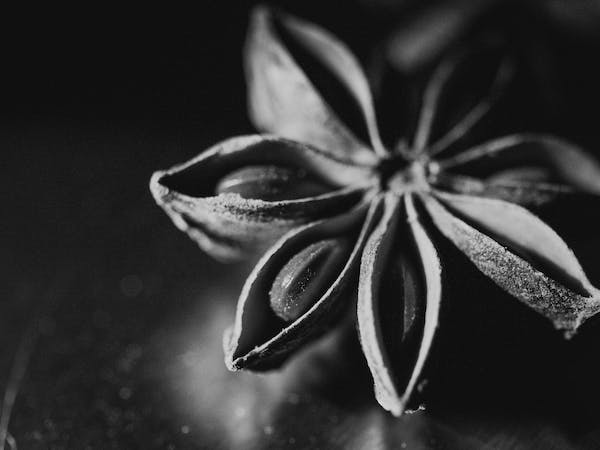
There are several books that focus on seduction, aphrodisiac cuisine, or the use of spices in romantic cooking. Here are some recommendations:
1. “The Seduction Cookbook: Culinary Creations for Lovers” by Diane Brown: This book combines cooking and seduction, offering aphrodisiac recipes and tips on creating a romantic atmosphere at the table.
2. “The New Intercourses: An Aphrodisiac Cookbook” by Martha Hopkins and Randall Lockridge: This book presents aphrodisiac dishes and offers a sensual approach to cooking and seduction.
3. “Aphrodisiacs: An A-Z” by Dayle Hayes and Fiona Hunter: This book explores a wide range of aphrodisiac foods, including some spices, and provides interesting information on how they can affect passion and seduction.
4. “The Complete Book of Spices: A Practical Guide to Spices and Aromatic Seeds” by Jill Norman: If you’re interested in spices and their use in romantic cooking, this book offers a comprehensive overview of spices, their origins, and their fragrances.
5. “Aphrodisiacs and Anti-Aphrodisiacs: Three Essays on the Powers of Reproduction” by John Davenport: This classic book explores the history of beliefs related to aphrodisiacs, including some linked to spices.
While these books may not directly address the connection between seduction and spices, they offer an overview of aphrodisiac cuisine, sensual ingredients, and the art of creating a romantic experience at the table. By exploring these texts, you may find further inspiration to creatively match spices with seduction.
Isabel Allende is a very famous Chilean author, but she is not primarily known for writing about food and seduction. Her writing is known for compelling stories that often blend elements of magical realism, history, and human drama. However, there is a connection to food and desire in some of her literary works.

Article partner sites: https://carol-agostini.tumblr.com/ https://www.foodandwineangels.com/ https://www.papillae.it/
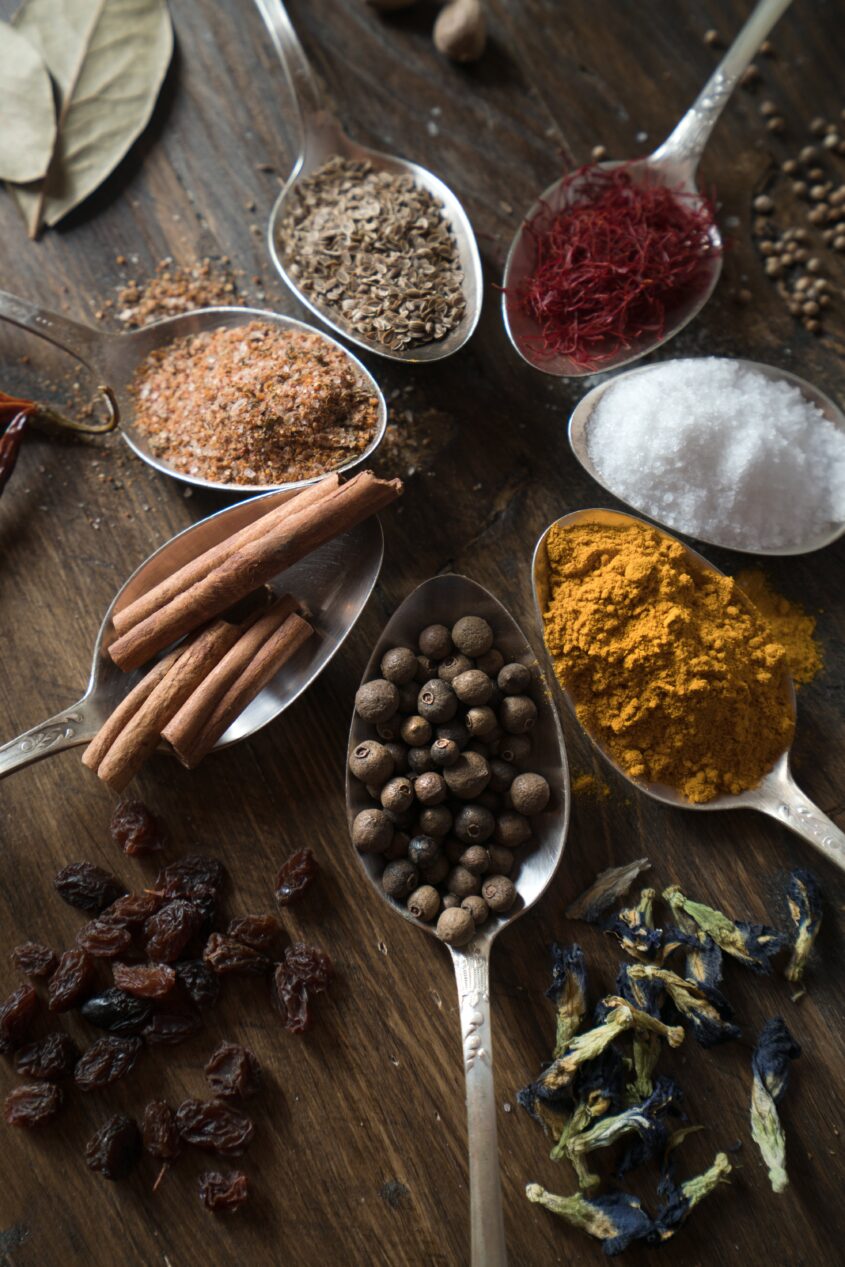
Lascia un commento